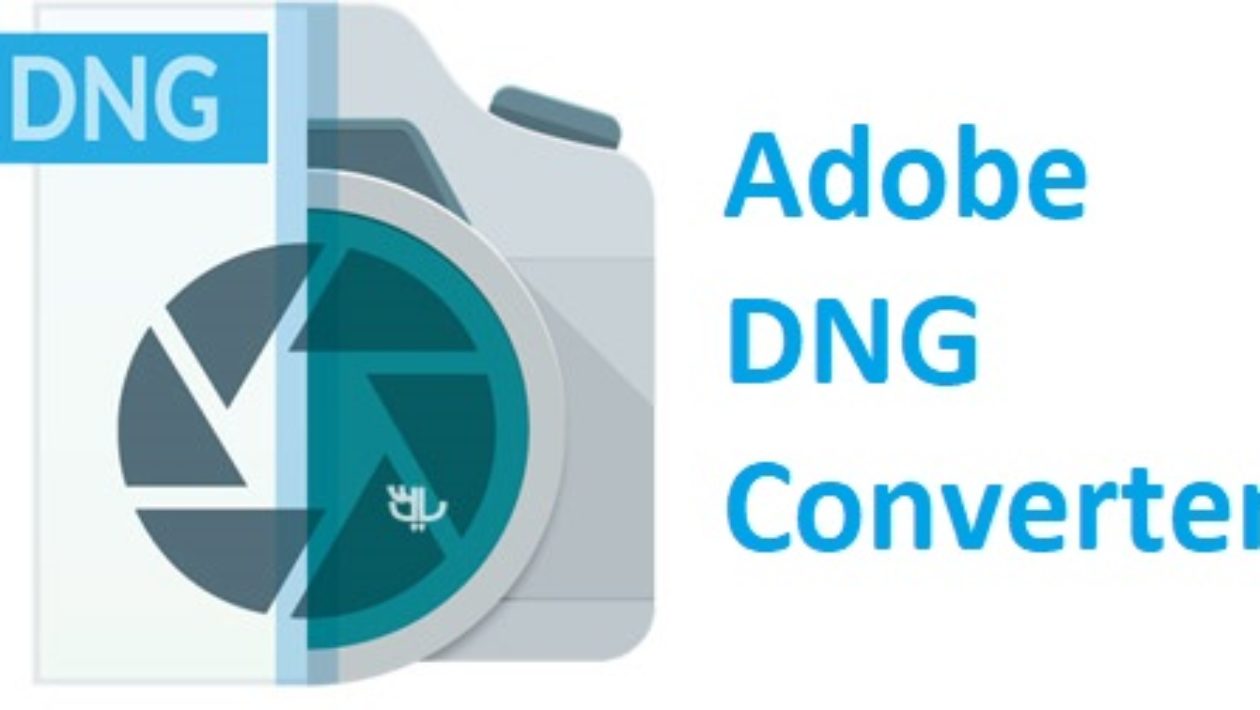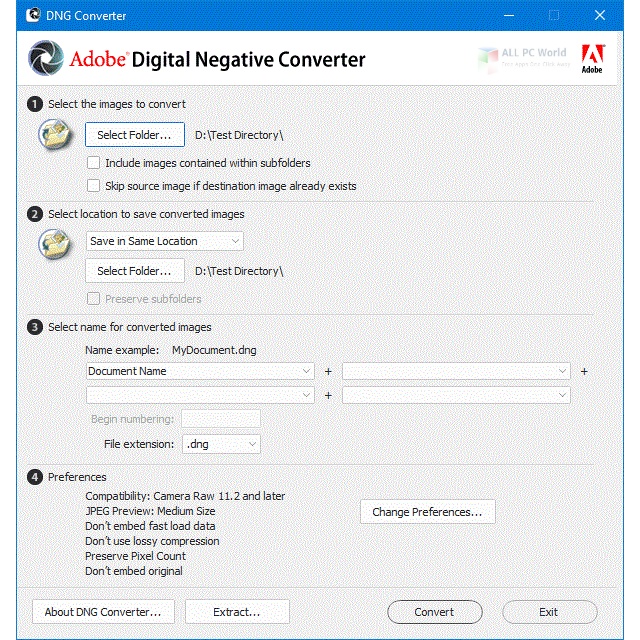


- Adobe dng converter 9.0 mac os#
- Adobe dng converter 9.0 install#
- Adobe dng converter 9.0 update#
- Adobe dng converter 9.0 archive#
- Adobe dng converter 9.0 license#
So, no, I don't feel DNG is the end-all-be-all format to archiving raw photography data. Not exactly as "open" as one might be inclined to believe.
Adobe dng converter 9.0 license#
And while they "grant a license" (how noble), they have patented virtually all of the format, and the license can be revoked arbitrarily at Adobe's whim (thus kicking competitors out if they feel like it). On the other hand, they don't allow third parties any input (or at least not any meaningful influence) on the future direction. One nice thing is that Adobe has made the specification public. Adobe's DNG is generally the right idea, but with several obvious flaws. I'm not much of a photography person to really delve into this topic, in any case. Though, you have the option with the DNG converter to include your original file. Should I need additional "negatives", the DNGs are always there. After all editing is finished.I trash the RAWs. For prints I save to JPEG (10) or TIFF and upload for printing. I still edit using the original RAW files and then output the post processed to JPEG (7) which I keep on a local HD for email and web. I convert to DNG and then backup to the archives and forget they are there until I need them. It is definitely worth it to incorporate DNG converter into your workflow IMHO.
Adobe dng converter 9.0 archive#
So in 5-10 years when I pull a backup DVD out of my archive I will have the highest probability of being able to open and edit a file in DNG format rather than the proprietary RAW format my antiquated digital camera produced back in the day. Both produce different RAW files but only with Adobe DNG can I covert to a common format.Īs the OP said, I feel DNG is a "universal" format. Right now I am shooting with a Canon XT and a Panny LX2. Similar to others opinions, I feel as though DNG is much more future proof than my current camera's RAW files. In other words, should I build it into my workflow now while I'm still creating one. I'm a relatively new photographer so I don't want to find myself stuck down the road with a format (CR2) that is obsolete and no means to read the data.

From there I will either modify in Aperture or PS CS2 (CS3 once I can afford it). All my photos are imported via CF readers to iPhoto and Aperture. I think I might have installed them on my system, but I'm not sure about that. But the distance side says what if I leave Canon in favor of a new brand? What if Canon no longer supports CR2? In my short sighted side of my mind, I'll never need a version like DNG because Canon will always support CR2. CR2 then I would always be able to access them. If I create archive of DNG's rather than my. I guess for me the thought is, as the cameras evolve so will the formats. I'd say unless you want to work in many applications, all of which support DNG but only some of which support your camera's RAW format, then it's not really that useful. I don't really see the point at the moment. Selecting a region changes the language and/or content on thought it was a good and cunning idea when I first found out about Adobe DNG, but there aren't really enough reasons to justify converting my RAW files from their original format.
Adobe dng converter 9.0 update#
See: Update to camera support policy in CS6 Note 6: Adobe Camera Raw will no longer be updated for Photoshop CS6 after version 9.1.1.
Adobe dng converter 9.0 mac os#
Note 5: If you are using Mac OS 10.6, Windows XP, or Windows Vista, Adobe Camera Raw 8.4 and later is not compatible. For more information, see Error "not enough memory" when you open a camera raw file in Photoshop Elements 4.0.1 (Mac OS 10.3).
Adobe dng converter 9.0 install#
Note 4: If you are using Mac OS 10.3.x, then Camera Raw 4.1 is the latest version that you can install for Photoshop Elements 4.0.1. For more information, see Use Camera Raw 5.x with Photoshop Elements 6 when you also have Photoshop CS3 installed (Mac OS). Note 3: When you install Adobe Bridge CS3 as part of Photoshop Elements 6 on Mac OS, Adobe Bridge supports Camera Raw through version 5.5. You cannot update the Camera Raw plug-in for After Effects 7. Note 2: After Effects 7 includes version 3.2.0.1 of the Camera Raw plug-in, which was designed solely for use with After Effects 7. Note 1: For any version of Adobe Premiere Elements, you can import supported digital camera raw images but you cannot access the Camera Raw dialog box.


 0 kommentar(er)
0 kommentar(er)
